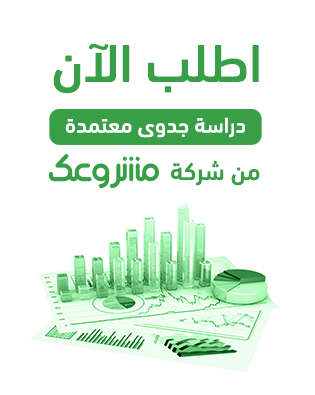A Look at E-Commerce Statistics in the GCC Countries
-
In 2015, e-commerce contributed 0.4% to the total GDP of the GCC countries, amounting to $5.3 billion.
-
By 2020, due to the impact of COVID-19 on the global economy, the GCC e-commerce market became one of the fastest-growing markets worldwide, with a growth rate exceeding 35%. The market size was estimated at $24 billion, surpassing earlier projections of $21.6 billion.
A Detailed Look at the GCC E-Commerce Market Over the Past Five Years
-
Global reports predict that e-commerce in the GCC will grow at a faster rate during 2020–2022 at 20% and at 14% until 2025. Without the impact of COVID-19, these rates would have been 14% and 10%, respectively.
-
The percentage of households purchasing goods online increased from 2% to over 8%. In comparison, this percentage ranges between 16% and 25% in advanced economies like the U.S., South Korea, and Germany. However, forecasts indicate that GCC countries will soon match global levels.
-
Online traffic to popular shopping websites grew by 50% in 2020 compared to 2015, with the number of online shoppers reaching 21 million, up from 3 million.
-
The number of e-commerce platforms and mobile shopping apps has tripled since 2015.
-
Users spend an average of 9 to 12 minutes per day browsing shopping websites like Amazon, Namshi, and Noon, viewing 7 to 8 pages per session.
-
Food and grocery delivery services are among the fastest-growing e-commerce activities, with a 20% growth rate and a market value of $3 billion in the GCC.
-
The fashion and beauty sector represents a major investment opportunity, growing at an 18% rate, with a market value exceeding $5 billion in the GCC.
E-Commerce Market Growth Forecasts for the Next Five Years
-
60% of millennials in the GCC shop online.
-
By 2025, the GCC e-commerce market is expected to reach $50 billion.
-
Millennials account for more than 45% of the GCC population, making e-commerce a highly promising sector in the region.






